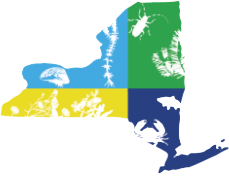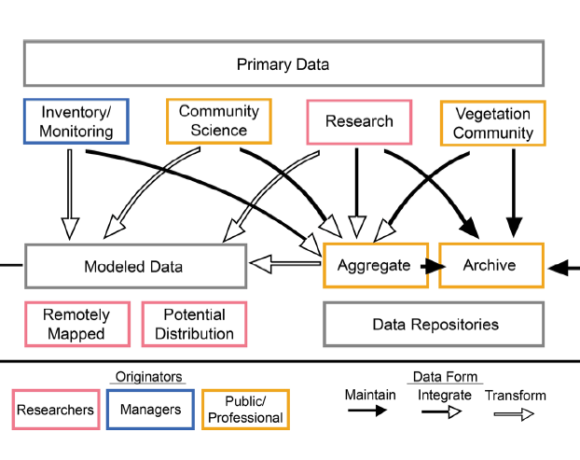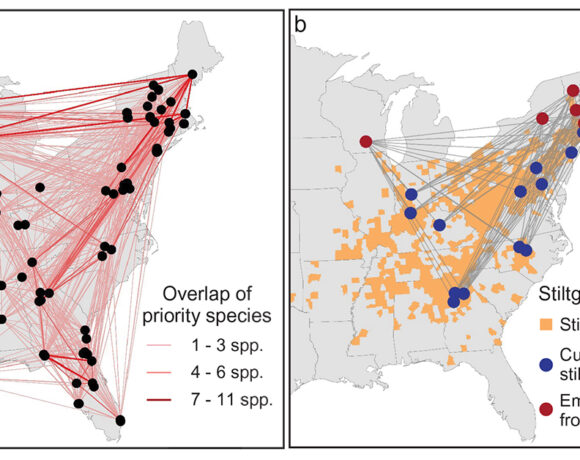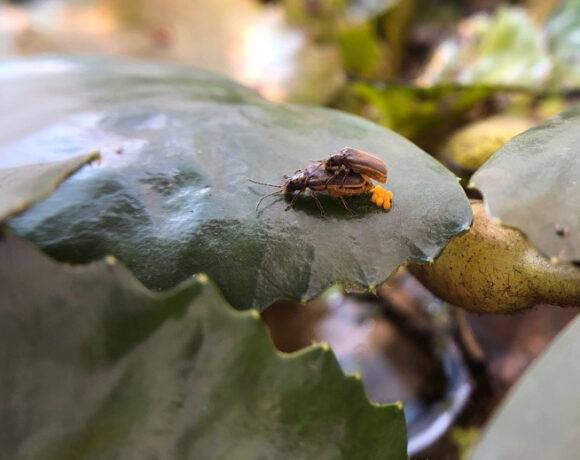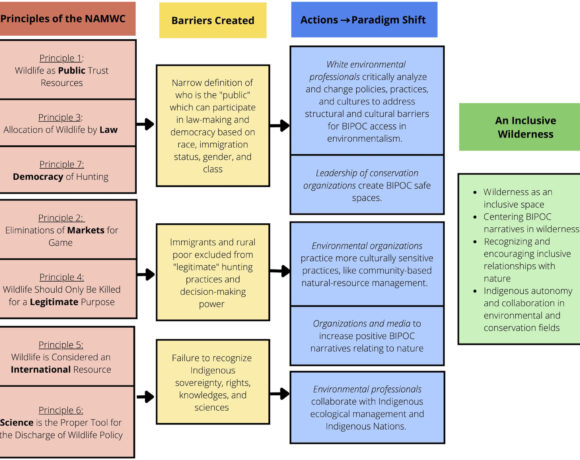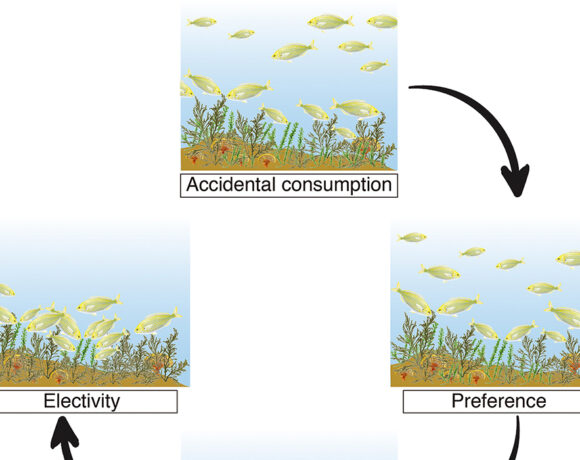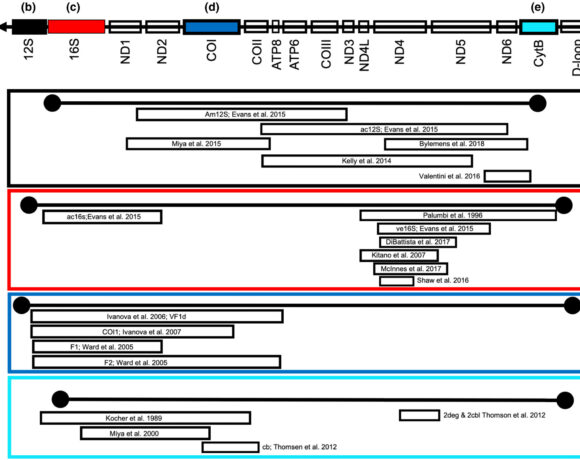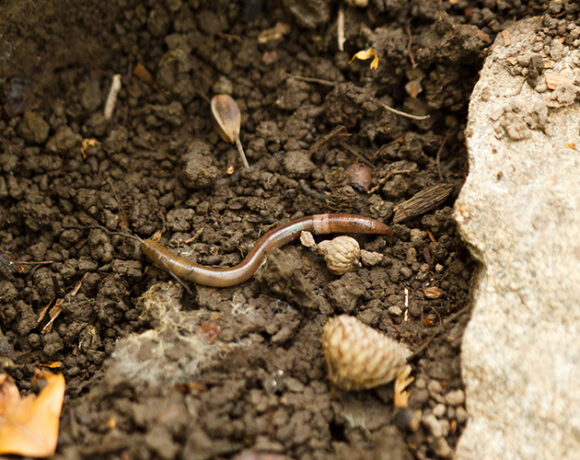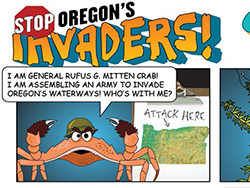Declining readability of research on biological invasions over two decades
Hulme, P. E., & Mclaren-Swift, H. (2022). Declining readability of research on biological invasions over two decades. Biological Invasions, 24(6), 1651-1660. doi.org/10.1007/s10530-022-02740-7
Summary written by Justin Dalaba
Should scientific research be pitched to inform scientific peers and garner more citations, or should they be written to increase the accessibility of information to less formally trained stakeholders and the general public? Hulme et al. address this dilemma in the context of declining readability for the leading international journal, Biological Invasions.
Summary
Widespread dissemination and understanding of up-to-date scientific research is critically important for effectively managing environmental and socioeconomic impacts of invasive species. However, scientific literature is often complex and requires prior knowledge of technical terms and specialized vocabularies. A detailed analysis by Hulme & Mclaren-Swift reveals that since 2001, text from the international leading journal, Biological Invasions, has become less readable for the general public over time. Hulme & Mclaren-Swift used two indices, the Coleman-Liau Index (CLI) and New Dale-Chall index (NDC) to gauge text complexity and the level of education required to understand abstract text. Abstracts were utilized since they are available outside of journal paywalls, and are a main source of information for stakeholders, media, and the general public applying information about invasive species. They found many abstracts were appropriate for higher-level of understanding expected of doctoral researchers and the mean readability was appropriate for university undergraduates. However, the average American adult reads at an eighth-grade level, suggesting a significant readability gap. They also found that complex abstracts attracted more citations, suggesting scientific peers may be more persuaded by technically challenging text.
Key take-aways:
- An assessment of the leading journal, Biological Invasions, from first publication in 2001 to 2021, revealed a significant decrease in abstract readability with an increase in the level of understanding required by about 2 grade levels (according to the CLI)
- These findings are consistent with evidence from other disciplines, but declining readability was detected over a much shorter time-span for Biological Invasions
- While article citations increased with lower readability of abstracts, interpretability of abstracts is limited to individuals with a university education
- Readability declined most dramatically in countries where English is not a de facto language (based on author’s institutional address)
Management implications:
- Declining readability of research limits the flow of knowledge between researchers and managers, further reinforcing a significant knowing-doing gap
- If research addressing non-native species invasions cannot easily achieve the widest possible readership through readability, then establishing a requirement for additional plain-language summaries may be a solution for journals such as Biological Invasions

